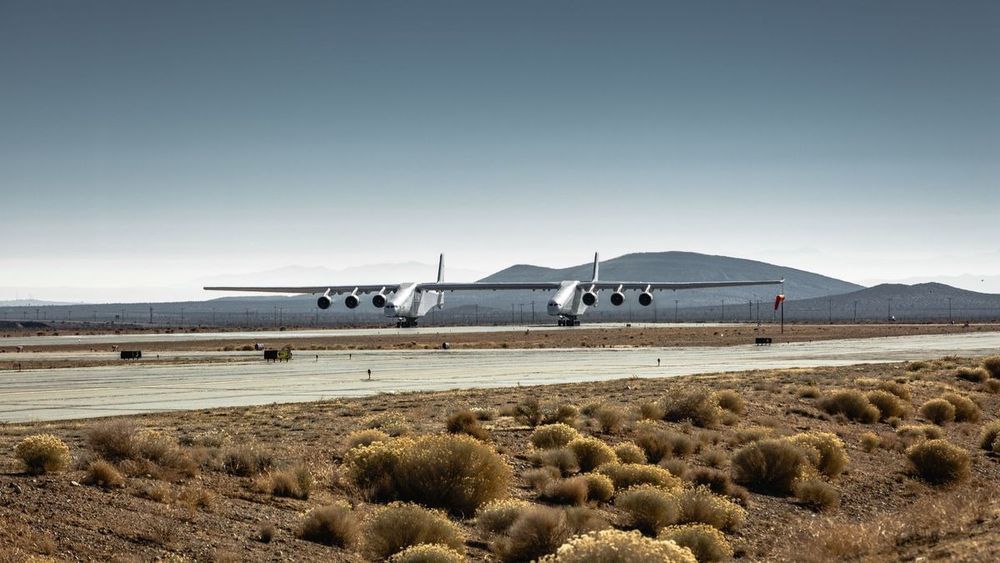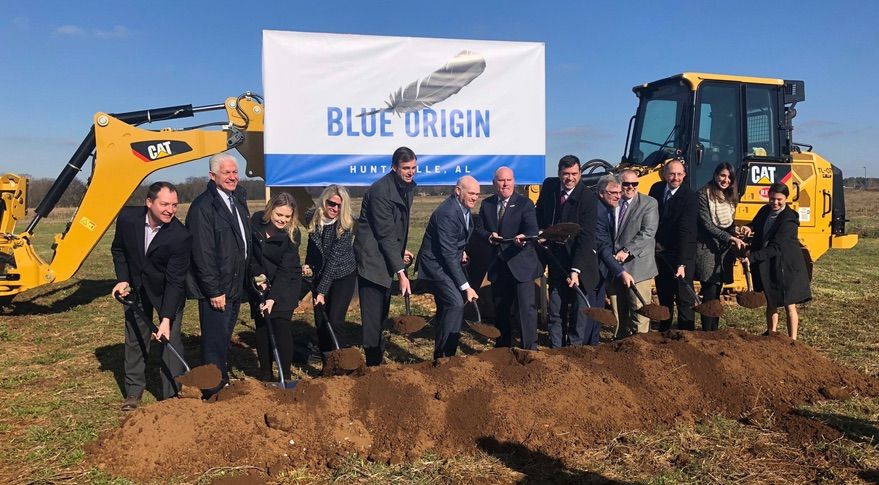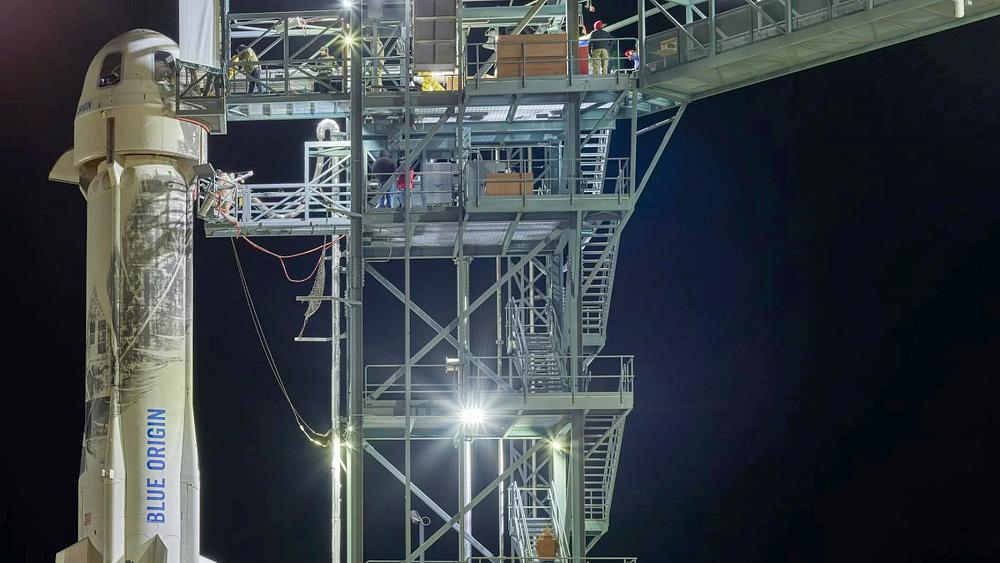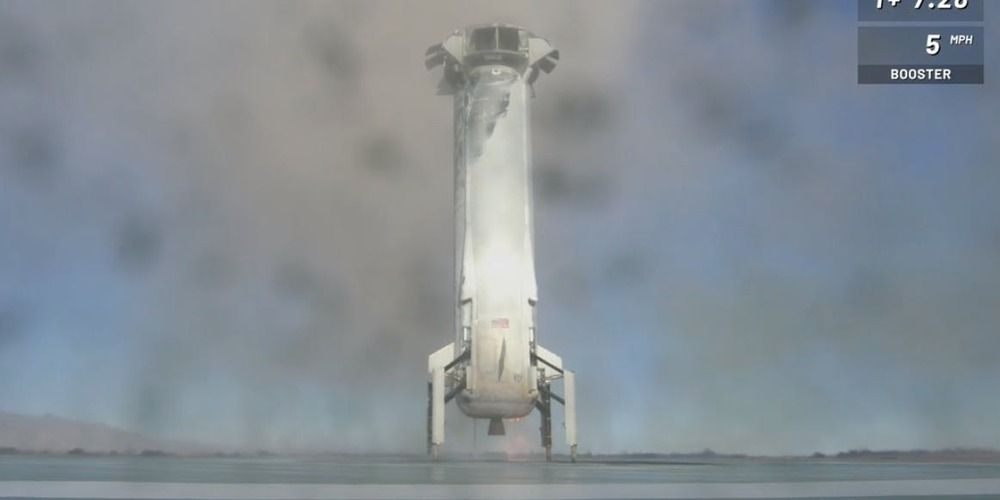Interstellar propulsion breakthroughs will require research that is motivated by more than mere hype, says former NASA breakthrough propulsion physicist.






WASHINGTON — As Blue Origin breaks ground on a new factory for producing rocket engines, the company says development of its BE-4 engine will be completed later this year.
Blue Origin held a groundbreaking ceremony in Huntsville, Alabama, Jan. 25 to formally mark the start of construction of a factory that will be used for building BE-4 engines. The company announced plans to build the factory there in June 2017, contingent on the selection of the engine by United Launch Alliance for its Vulcan rocket. ULA picked the BE-4 in September 2018.
The factory, scheduled for completion in March 2020, will build dozens of BE-4 engines a year for both Vulcan as well as Blue Origin’s own New Glenn vehicle. Both rockets are scheduled to make first launches in 2021. Vulcan will use two BE-4 engines in its first stage while New Glenn’s reusable first stage will be powered by seven BE-4 engines.


NK-cell function appears to be impaired during spaceflights over long durations according to a new study published this week. This means that immune systems could be broken down somewhat during the long trips NASA hopes to take with astronauts in the distant future. The research here was done by a team of researchers at the University of Arizona, the University of Houston, Louisiana State University, and NASA-Johnson Space Center.


Some people on his communications staff at the time were not pleased.
Sims writes that he was “getting antsy” in the room due to Trump’s abrupt question shortly before a televised phone call with the Space Station. NASA officials were believed to have gone to great lengths to coordinate with the Space Station, which could only be reached during a certain time due to “orbital mechanics.”
“All I could think about was that we had to be on camera in three minutes … And yet we’re in here casually chatting about shaving a full decade off NASA’s timetable for sending a manned flight to Mars,” Sims reportedly wrote. “And seemingly out of nowhere.”
Trump, who appeared “distracted,” reportedly asked Lightfoot: “But what if I gave you all the money you could ever need to do it?”

Blue Origin’s New Shepard suborbital spaceflight system will fly again on Monday (Jan. 21), if all goes according to plan.
Blue Origin, which is led by billionaire Amazon.com founder Jeff Bezos, had originally aimed to launch the 10th uncrewed New Shepard test flight in mid-December but was thwarted by an issue with the infrastructure at the company’s West Texas test site. That problem has now been resolved.
New Shepard will now launch Monday at 10 a.m. EST (1500 GMT/9 a.m. CST), Blue Origin representatives said in a statement.